You'll never be happy with the Steam Deck 2
I've had my Steam Deck for nearly a year at this point and there's a small–but incredibly vocal–minority of folks who already want new Steam Deck hardware. The question is why? Let's dig into this and see if their concerns are justified.
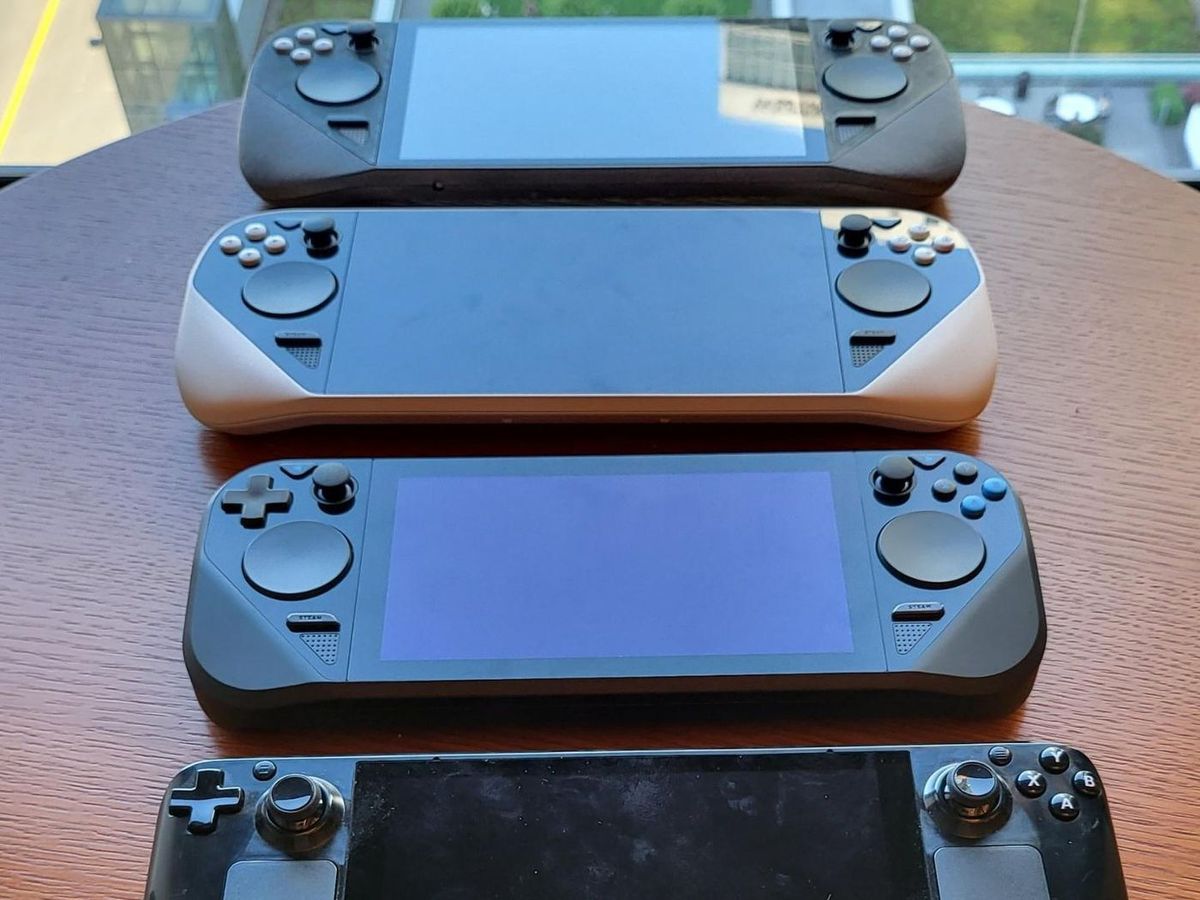
I've had my Steam Deck for nearly a year at this point. My pre-release Steam Deck arrived in late February last year and I have been incredibly happy with it. But that's just me. It seems there's a small–but incredibly vocal–minority of folks who want new Steam Deck hardware already... because "PC gaming."
So let's dig into the criticisms and see what all the fuss is about. Let's attempt to unravel the confusing cries of Steam Deck's obsolescence.
The Screen
This is the biggest complaint people seem to have with the Steam Deck. And, to some degree, I can see why. The Deck's screen isn't as vibrant as an OLED. It's black levels aren't amazing. And bright colors leave something to be desired.
We could sit here all day and compare the Steam Deck's screen to an OLED. But you know what? In a direct, head-to-head comparison, the Deck's screen is the clear loser to an OLED. I won't argue that point.
But... are you going to do that? Are you going to compare the Steam Deck's screen to another? People who just want to play games certainly won't.
While you might be more inclined to compare your new phone's screen to your old one's, such comparisons between a monitor, tablet, or phone and the Deck just aren't natural.
Similarly, another "issue" I've heard harped on is that the screen's resolution is only 1280x800... and 1280x800 is a much smaller number than 1920x1080. If this were the mid 90's and we were children who didn't know any better... then I could understand the "bigger number better" mentality.
But the fact is, the 1280x800 screen is actually a benefit to the system, not a problem.
- First, the screen being 7 inches means that the pixel density is nearly that of a Retina display.
- Furthermore, the GPU has to do about a quarter of the work that a 1080P screen would demand.
- Finally, a lower resolution screen means less power consumption and a better battery life.
If the Deck had a 1080p OLED screen that would be four times the pixels, four hundred percent more work for the graphics card to do, and four to five times the power consumption that the current screen requires.
With all that being said, I think any potential hardware upgrades should stick with 800p for several generations.
The Battery
The Steam Deck's battery can be quite limited. Valve knows it, you know it, I know it. And when playing the latest AAA games at 40+ frames per second, you would be hard pressed to squeeze more than an hour and a half of gameplay out of it.
And while I have never really though of the Steam Deck as a battery-powered device (it's more of a living room sofa device where you have power handily available), I have found that in other gaming scenarios I can get 5 or more hours of gameplay off a single charge.
Emily and I often play Steam Deck on the sofa together sharing a single charger between us as needed. We've never had an issue where both of us needed the one cable at the same time.
Lightweight games like Spelunky 2, Stardew Valley, or Hades, older AAA games like BioShock or Portal 2, and many others perform spectacularly well in terms of battery life. Most of them don't even kick the fan on. And when games practically sip power, you get an enormous amount of game time off a single charge.
This is due–in no small part–to Valve's incredibly optimized custom APU from AMD. But we'll get to that in a second.
It's definitely fair to say that the battery is a mixed bag. But for indie gaming or playing some of your back catalog, you're going to get extremely impressive battery life for a device of this caliber.
Now Valve knows that these are two of the Steam Deck's weakest points. Pierre-Loup Griffais and Lawrence Yang have basically said as much. In an interview with the Verge back in December, quote:
Valve has repeatedly confirmed that the Steam Deck is a “multi-generational product” and new versions are on the way. What will they include? When I asked Yang and Griffais for the pain points they wanted to address in a sequel, they had nearly identical answers: screen and battery life.
If Valve came out tomorrow with a new hardware revision with a larger battery and an 800p OLED screen, I probably wouldn't complain... so long as it wasn't billed as a "New Steam Deck" or a "Steam Deck 2."
But honestly, that's not what most people are talking about when they say they Deck is obsolete.
The Storage
Okay, the storage is definitely an area where Valve could do more. If they came out with another SKU that included a 1TB NVMe, that'd be an entirely valid thing to do. It would definitely earn brownie points with the "bigger number better" crowd, but is it necessary? I'd say "meh."
The fact is, you can expand your storage with a 1TB SD card and it performs phenomenally well.
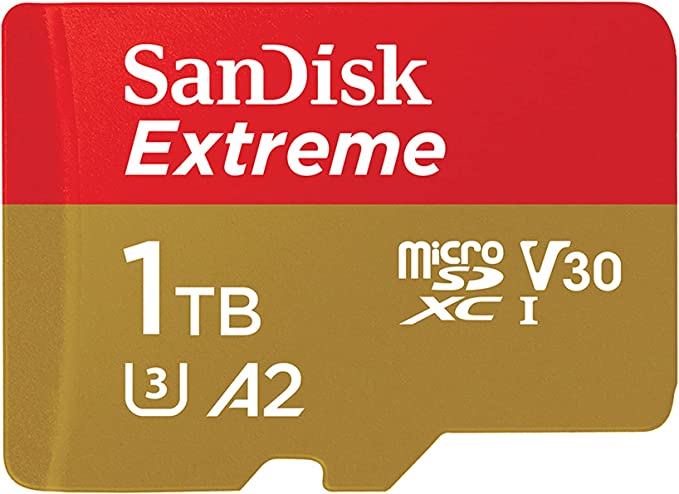
SanDisk 1TB Extreme microSDXC Card
Save time with card offload speeds of up to 190MB/s powered by SanDisk QuickFlow Technology (Up to 190MB/s read speeds, engineered with proprietary technology to reach speeds beyond UHS-I 104MB/s, requires compatible devices capable of reaching such speeds.
I've got this SD card for my Deck and I have over 100 games installed across the internal and external drives.
And guess how many of those 100 games I play regularly? Five. Maybe six.
Now, I'm not everyone. But I find that the more options I have, the less I want to make a decision. And that's a common human condition called choice anxiety. I also tend to play smaller indie titles that take up less disk space than other games. So 512 GB internal + 1 TB external is plenty for me. Though I am amenable to the fact that others like playing games that consume hundreds of gigabytes in a single install.
Would I complain if Valve introduced a 1Tb model? Nope.
Thunderbolt/USB 4/Additional port
So far I've been pretty down on most of these ideas. But one thing I could definitely get behind with future Steam Deck hardware would be more expandability. Namely, Thunderbolt (or, more realistically, USB 4) support. And preferably two USB ports.
If Valve managed to support external GPUs while the Deck is docked to a TV, that could make the Steam Deck an absolute beast. And if there was a Dock that had a discrete graphics card and an M.2 slot? That'd be a recipe for the best console on the market. Bar none.
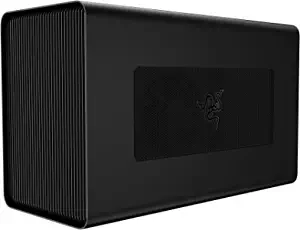
Razer Core X Aluminum External GPU Enclosure
This is not compatible with the Deck. But it'd be cool if it was.
While I have numerous docks and USB C dongles, expansion on the Deck is limited to USB 3.2 Gen 2. Having PCIe exposed via one (or more) USB ports would be a game changer for this thing.
Though I will admit that many of my suggestions here kinda defeat the purpose of a handheld, don't they?
The APU
Now, I've seen some people say that the Steam Deck's APU is already being outperformed by the Ryzen 7 6800U and they want to see a new Steam Deck with the 6800U instead of the custom silicon commissioned by Valve.
Let's compare the Deck's processor with that of the AMD 6800U shipping in so-called competing handhelds to determine exactly why that's such a bad idea.
The 6800U has 8 cores, 16 threads, 12 RDNA 2 cores at 2200 Mhz, a base clock of 2.7 GHz, and a boost clock of 4.7 GHz.
The Deck's APU? 4 cores, 8 threads, 8 RDNA 2 cores at 1600 Mhz, a base clock of 2.4 GHz, and a boost up to 3.5 GHz.
So objectively the Steam Deck seems to be about half as good, looking at these numbers, right? But all that performance has to come from somewhere.
The 6800U runs at 45 watts, the Deck? Just 15W.
The Steam Deck's battery is 40 watt hours. Meaning that running the 6800U at full throttle–while maybe squeezing out a few more FPS over the Steam Deck's GPU–would likely mean running the battery down to zero in less than an hour. The Deck's APU typically gets over an hour in any scenario.
But the final nail in the coffin of the 6800U is with its memory bandwidth. The chip supports up to 4800 Megatransfers/second with DDR5 RAM. The Deck? 5500. And with an APU, those 700 megatransers/second make all the difference.
Now this might not seem like a fair comparison as the Deck uses LPDDR5. But in most PCs that ship with the 6800U, they'll come with the cheaper and slower DDR5.
"It's a PC, it's a year old, therefore it's already obsolete"
Is it, though?
Is it even a PC? I mean:
- Valve's mass-producing a handheld gaming device (✔),
- Heavily subsidizing the cost (✔),
- Shipping it with a custom operating system that's designed for video games (✔)
- It comes with a custom controller (✔)
- And features a first-party online storefront to purchase games from (✔).
That sounds to me like the textbook definition of a console.
The only way it could be more of a console is if it didn't have the same performance as a top of the line gaming PC (✔). Or maybe was locked into a proprietary ecosystem of apps and services (❌).
There's this pervasive, absurd, and wasteful idea in the PC gaming world that hardware that's older than a year or two is obsolete. That's bananas to me.
Both our living room gaming PC and Emily's editing rig are running NVIDIA Titan X Pascal graphics cards. These are GPUs manufactured in 2016. Yet they're still as performant as this rig's RTX 3080. We can even play games in 4K on the Titan X without it breaking so much as a sweat.
Heck, my home server is still using my GTX 970 from 2014 and I can stream many games at respectable framerates from it.
So this idea of discarding useful hardware in the name of PC gaming perfection is silly at best and offensive at worst to me.
In three to five years when you might think new AAA releases won't be playable on today's Steam Deck... it still has some tricks up its sleeve. Every single Steam Deck in the wild has the exact same specifications. Developers can build and optimize their games for this hardware. The Steam API can tell a game that it's being played on Deck. And developers–if they wanted to–could make a performance profile for their game that would work well on the Deck.
That's not unprecedented. The Nintendo Switch has 6 year old hardware... and it's still going strong. Hundreds of games every year get ported over to the Switch and that's with its exotic Tegra SOC that requires a ton of work from the developer.
Do you know what it takes for a PC game to get ported to the Deck? Nothing. The developer can run performance benchmarks and figure out what graphical settings work best on Deck, then set them to the default for Deck players. So in 5 years, when the latest games comes out–there's a good chance that it will still play fine at 800p on medium settings.
Conclusion
The fact is: if you're the kind of person who annually spends thousands of dollars on dedicated PC gaming hardware, then the probability of you NEVER being happy with any potential "Steam Deck 2" approaches one. No matter what its specs or capabilities are. Sadly, the "bigger number better" crowd doesn't seem to know the meaning of the word "compromise."
The Steam Deck's compromise is simple. It isn't trying to compete with Ayaneo or GPD devices. It's not trying to replace your gaming rig.
Heck, it's not even trying to be a PC.
It's aim is to be a handheld that lets you play your games with even more freedom than a PC can afford.
And for that? I think it's nearly perfect. It could withstand a few minor hardware revisions over the next few years. But it has the wherewithal to stand the test of time as-is.
I'll be playing my Steam Deck for years to come and I think it'll be keeping up with the latest games without much issue at all.

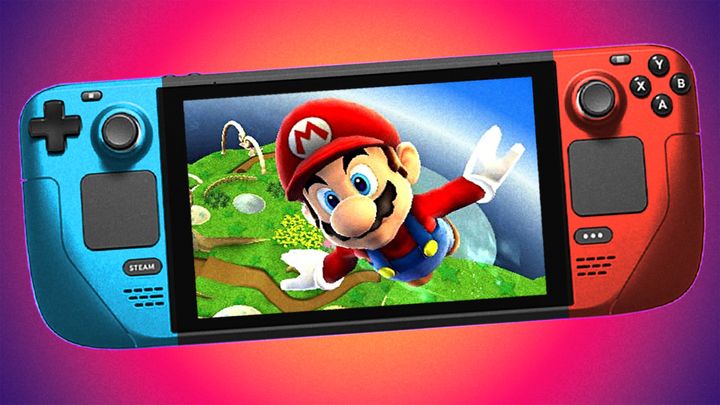
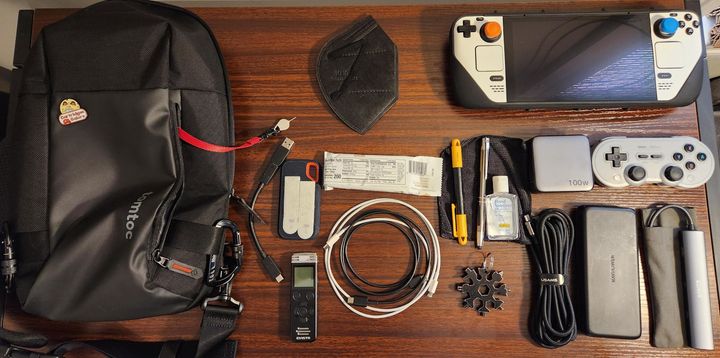

Comments ()